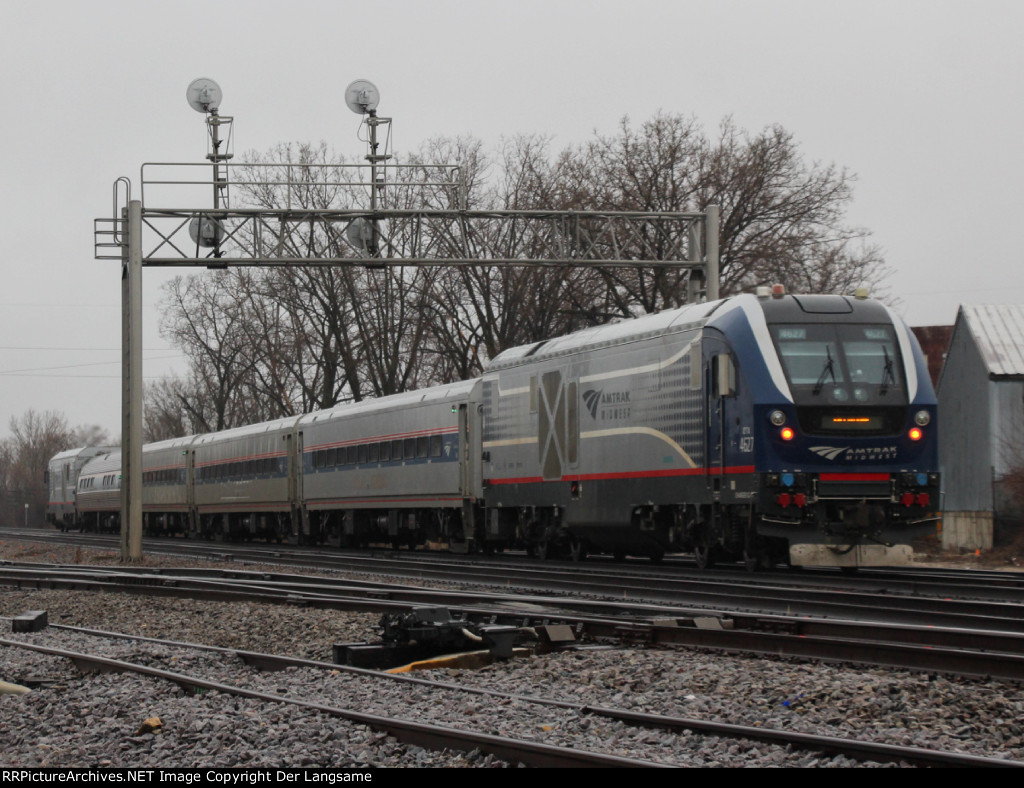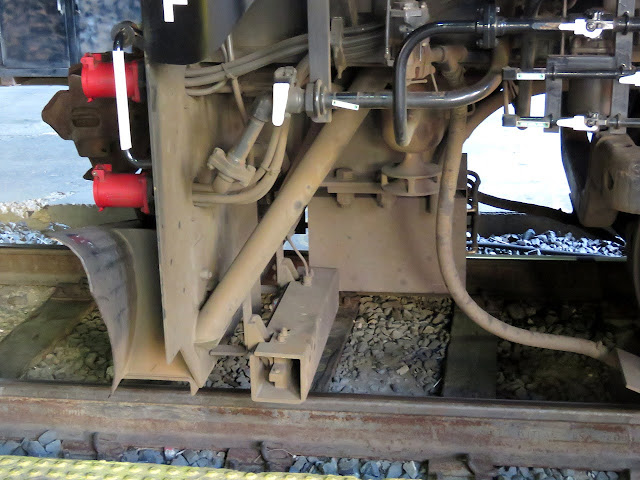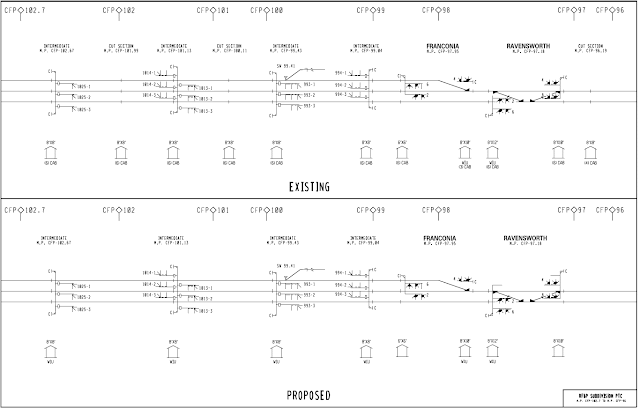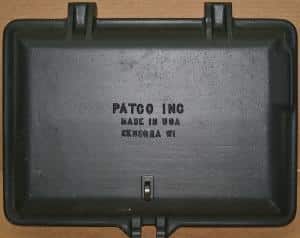Way back in 2005 METRA's RONDOUT Tower was closed, however because it was a relay plant with a US&S unit lever machine, RONDOUT interlocking was not actually re-signaled, just placed under the remote control of the Canadian Pacific dispatcher. This left the fairly new US&S H-2 searchlight signals in place to the delight of rail photographers everywhere. Well since about 2020 RONDOUT interlocking has been undergoing a slow motion reconfiguration to improve throughput to the plant and recent photos have shown LED traffic light style signals arriving on site along with tubular gantry hardware.
You can this work already underway (or completed) on the overhead with the Fox Lake branch running down as a third track, crossing the EJE on a new diamond and then merging in at the southern end of the plant. The whole former MILW C&M Sub has been undergoing a slow motion re-signal for the better part of a decade now, having gone from majority searchlit to having only a few searchlight locations near the Milwaukee end of the line.
 |
| New Standard C&M Sub signals and station sign. |
With the new signals on site replacement operations could take place at any time. If you are looking to get out to RONDOUT for photos be aware it is not only a work site, but also a very active maintenance base. However the northbound searchlight gantry is fairly accessible from local roads and the southbound gantry is visible from a grade crossing,
At least the tower has found good use to support all the various local operations...for now.






















